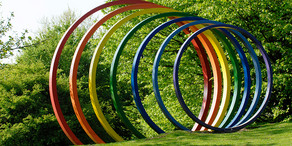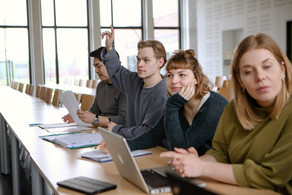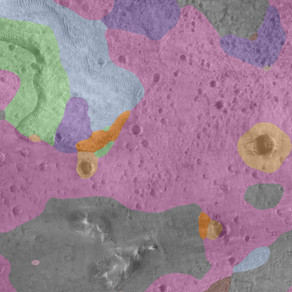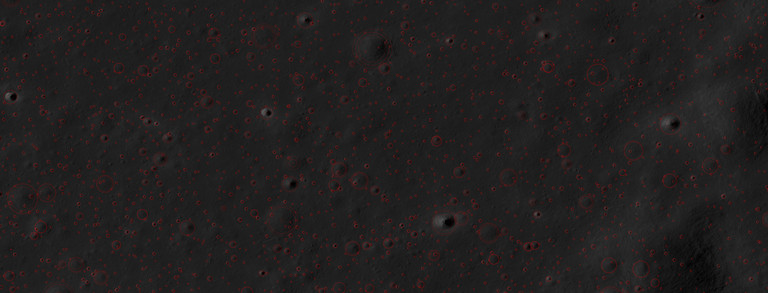GeoBio-Interactions: Contributions to Climatic Change of the Relations Between Activities of Red Wood Ants (Formica Rufa-group) and Tectonic Processes
Projektlaufzeit: 01.03.2016 - 30.09.2017
Red wood ants (RWA; Formica rufa-group) are bio-indicators for seismically active, gas-permeable faults and nest most successfully on top of them. This GeoBio-project will combine unique and innovative geochemical, geophysical, biological, and image-analysis techniques with state-of-the-art statistical methods to identify and determine in-situ relationships between activity patterns of RWA and [i] changing nest- and soil-gas concentrations (e.g., He, CH4); [ii] geophysical processes such as seismic events and earth-tides; and [iii] local weather and climatic conditions in the seismically active East Eifel Volcanic Field (West Germany). Analyses of samples of ambient air, in-situ nest gases, soil gases and gases from mineral springs will be combined with a new (prototype) in-situ image-based monitoring system and a continuously recording weather station. Covariance and co-occurrence patterns of point objects (RWA nests and gas sources), linear features (tectonic faults), and polygonal features (gas plumes) will be done with Bayesian methods for spatio-temporal analysis. We will use these methods to test whether changes in tectonic stress are documented by changes in gas concentration of nest gas, soil gas and in mineral springs. With the sampling design it will be possible to determine statistical associations among gas variations and fluctuations over daily time scales, biological (RWA) activities, and geophysical parameters. Findings from this multidisciplinary project should lead to a deeper understanding of GeoBio-interactions and determine the magnitude of organic gases that may contribute to climatic change from RWA nests. The seven-month field work was performed from March until September 2016.
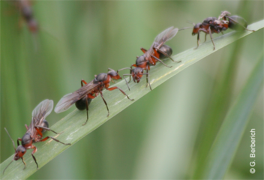
Project leader
Dr. Gabriele Berberich, Technische Universität Dortmund
Co-Applicants
Prof. Aaron M. Ellison, Harvard University
Prof. Christian Wöhler, Technische Universität Dortmund
Funded by: Volkswagen Foundation, Az 91 140

